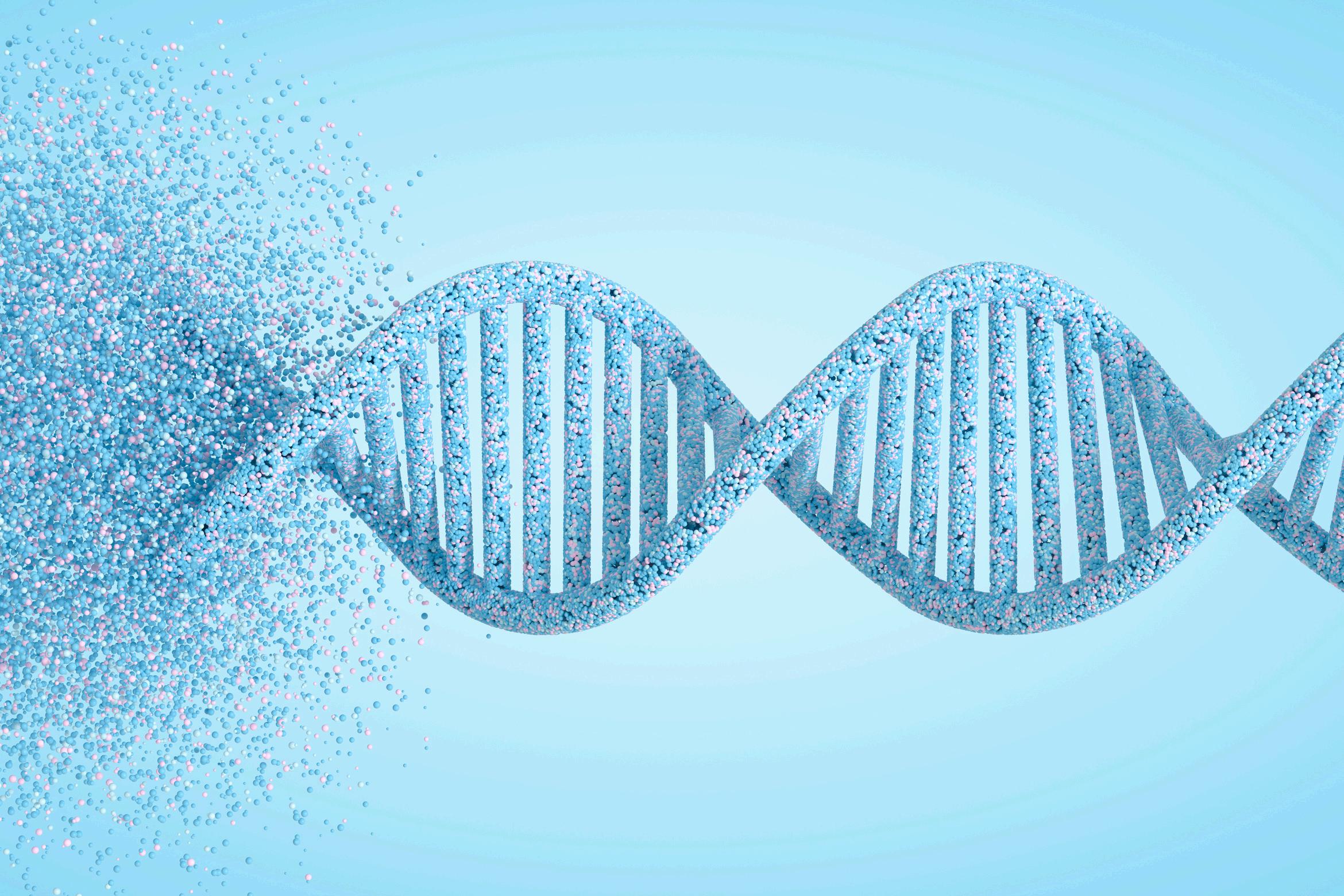
1 minute read
What is Classical Homocystinuria (“HCU”)?
from Heal Canada Issue 3
by healcanada
Classical Homocystinuria is the most common form of HCU (nine other types) It’s still extremely rare, with an instance of about 1 in every 200,000 births worldwide; however, newborn screening only catches about 50% of babies, and no testing for it everywhere, including In many provinces in Canada, the number of instances is even higher. It’s a genetic disorder, so both parents must have a copy of the gene mutation, and each child of those parents will have a 1 in 4 (25%) chance of being bornwithHCU.
Homocystinuria is the elevation of the amino acid homocysteine, a protein-building block in our diet This build-up of homocysteine happens because the body can’t process the amino acid methionine in our food When patients do not follow the diet and their treatment plan, they are at risk forthefollowing:
Bloodclots(thrombosis) anywhere,including inthebrain.
Opticlensdislocation(ectopialentis).
Increasedrisk of brokenbones.
Scoliosis.
Cognitiveproblems.
Thislistdoesn’tcovereverything,butitoutlinesthemorecommonandwell-knownrisksand outcomes.
Thegoal istokeep thehomocysteinelowenoughtoavoidthesecomplications Todoso,patients mustfollowavery rigidlow-proteindietandatreatmentplan,including theconsumptionof medical formuladaily.
There aren’t exceptions to this. It’s a daily grind. Patients must attend blood labs for regular blood draws to ensure that they remain in the safe zone, but it’s important to note that there are noguarantees
This is why proper newborn screening for HCU is essential so that these risks can be minimized from birth onwards Without knowing a baby has HCU, parents are unable to prevent the outcomesnotedaboveandunnecessary harm will cometothesechildrenatany pointintime.









